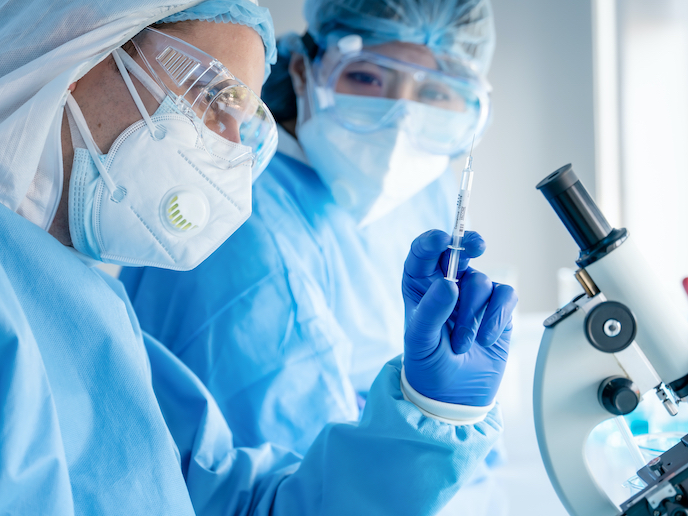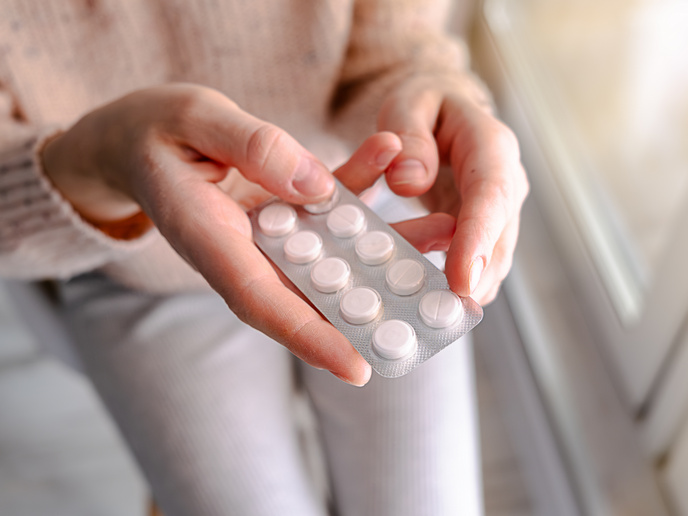Contamination-free eggs boost vaccine production
Over 1 billion fertilised chicken eggs are used annually in the manufacture of vaccines. Demand is expected to grow over the next few years, due in part to the increasing prevalence of infectious diseases and the threat of pandemics like COVID-19. “Egg-based manufacture of vaccines is the most common method,” explains OvaVAx project coordinator Catherine Caulfield, CEO of Ovagen(opens in new window) in Ireland. “For example, up to 82 % of influenza vaccine production is egg-based. Embryos in fertilised eggs are used as the culture for virus growth,” she adds. “A key issue here is that specific pathogen-free(opens in new window) (SPF) eggs – the best quality eggs currently available – are not always free of bacteria or viruses. Bacteria are inevitably present on the surface of all SPF eggs, which can leach through in variable proportions within the egg.” Such contamination issues can result in production stoppages, supply chain inefficiencies and increased costs.
Egg-based innovation
The OvaVAx project sought to address this challenge by developing and applying patented technology that achieves germ-free eggs. The project built on a number of years of previous R&D work by Ovagen, and sought to demonstrate the industrial viability of the company’s innovation. “Our strategy is not to replace recombinant and cell-based technologies,” notes Caulfield. “Instead, we want to give the market a third and valuable option that is inexpensive, rapidly scalable and capable of producing multiple vaccines.” During OvaVAx, specialist bespoke plant and equipment was sourced, a team of skilled staff were recruited and trained, and meticulous microbiological and sterilisation systems were implemented. “We then applied our innovative and disruptive technology,” says Caulfield. “We achieved germ-free eggs ready for vaccine production and development, and were able to launch our product at the World Vaccine Congress(opens in new window) in Barcelona in 2021.”
Improved vaccine development
Eliminating the inherent problem of contamination through eggs will be hugely beneficial for vaccine manufacturers, as well as biopharmaceutical and biotech companies. Reduced production costs and increased viral yields will also enable health service providers to achieve significant cost savings and boost immunisation programmes. Ultimately, a more resilient vaccine development production chain will lead to better protected populations. “Germ-free eggs can be used for the production of traditional and cutting-edge vaccines,” adds Caulfield. “This will help Europe to address any supply chain vulnerabilities and dependencies, and regain strategic autonomy over its drug supply.” Next steps include evaluation and validation trials with a number of global vaccine manufacturers. The aim here will be to evaluate the viral yield of a range of relevant viruses in germ-free eggs. Furthermore, a scale-up and commercialisation plan for germ-free egg production is already in the pipeline. “Our hope is that this project will revolutionise the way egg-based vaccines are manufactured in the future, to better protect the health of our populations and enable a rapid response to any global pandemics,” concludes Caulfield. “There has never been a greater need to transform the way vaccines are produced, to ensure security of supply and to improve global immunisation coverage.”







